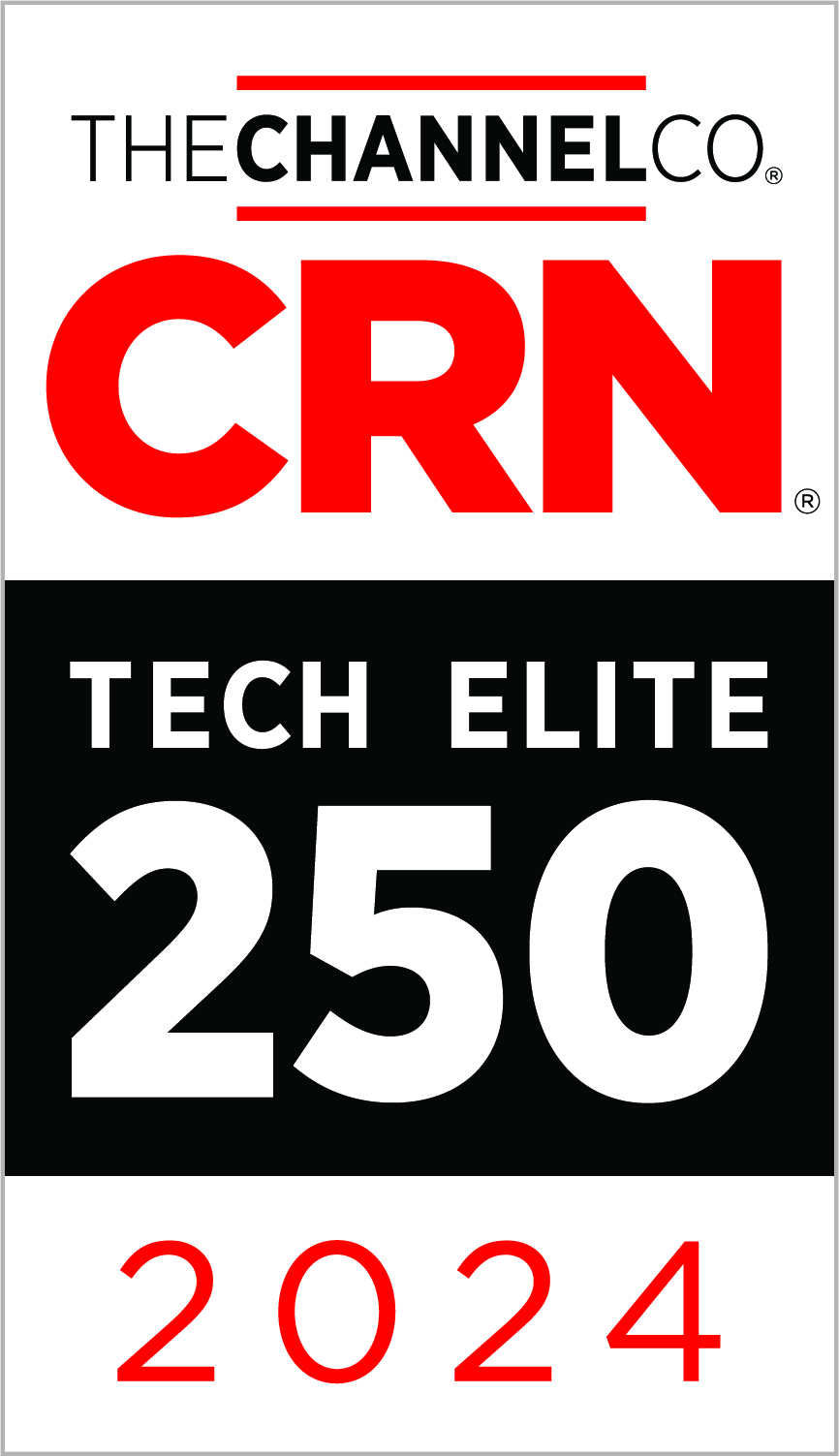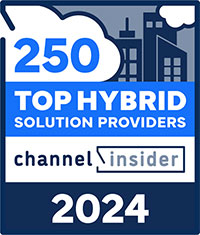Data Protection: Protecting the Business Is the Business

The business of IT, that is.
Data Protection, Fault-tolerance, Disaster Recovery, and Business Continuity are issues all IT Professionals deal with on some level throughout their career. As important as all four of these are to a business, until recently, only the first two have really been given any attention.
In fact, Data Protection and Fault-tolerance are considered to be fundamental components of any professionally run IT environment. The basic level of Data Protection is, of course, defined by file backup and recovery solutions. When we talk with our clients about Data Protection, these discussions typically start with questions about the software used and the type of media employed to store the backups. For Fault-tolerance, the conversation revolves around discussions of redundancy in your hardware, clustering, and RAID levels.
 In contrast to Data Protection and Fault-tolerance, Disaster Recovery and Business Continuity have, for years, been part of the annual budgeting discussion but usually end up in the “nice to have” pile and are set aside until the next budget cycle. The cost and complexity of these solutions ended up being too expensive and require too many resources to implement. However, within the past 3 to 5 years, we have seen many of our clients elevate the Disaster Recovery and Business Continuity conversations from the “nice to have” to a “must implement” discussion.
In contrast to Data Protection and Fault-tolerance, Disaster Recovery and Business Continuity have, for years, been part of the annual budgeting discussion but usually end up in the “nice to have” pile and are set aside until the next budget cycle. The cost and complexity of these solutions ended up being too expensive and require too many resources to implement. However, within the past 3 to 5 years, we have seen many of our clients elevate the Disaster Recovery and Business Continuity conversations from the “nice to have” to a “must implement” discussion.
There are many factors contributing to the change, but I would contend the two biggest reasons are:
- The extreme dependence most businesses have on the digital world. Reverting to legal pads and cigar boxes simply aren’t options for many businesses today.
- The technology has made implementation of Disaster Recovery and Business Continuity easier and more affordable to accomplish than ever before.
With the ubiquity of virtualization today, discussions about all of these issues has changed significantly. Where once we drew well defined lines between the solutions for Data Protection, Fault-tolerance, Disaster Recovery, and Business Continuity, we are now starting to see those lines blur. To be clear, each of these issues still addresses distinctly different solution requirements. However, technology is allowing us to combine some of these requirements under one toolset.
Even though one solution may cover multiple requirements defined by Data Protection, Fault-tolerance, Disaster Recovery, and Business Continuity, it’s important to go into discussions of these issues understanding the major differences between them.
- Data Protection – These solutions are focused on protecting files and databases from corruption or deletion. In either event, Data Protection solutions should be able to restore a file or database from a point in time. While the file or database may not contain the most recent updates, it is still better than not having it at all.
- Fault-tolerance – As the name implies, these solutions allow part of the hardware or software to fail without losing the entire device or application. For hardware this is accomplished through redundant power supplies and fans. It also includes the implementation of RAID on the disks or clustering for operating systems or hypervisors. Fault-tolerance is usually a protection against a local failure.
- Disaster Recovery – Again, as the name implies, these solutions provide the ability to recover from a disaster. In general, these solutions replicate data and applications to another location or Disaster Recovery Site. The Disaster Recovery Site will typically have compute, network and storage resources to be able to bring part or all of a production environment online in a predetermined period of time; usually defined by hours. The key here is what that period of time will be and to what point in time the data will be recovered. These are more commonly referred to as the RTO and RPO.
- Business Continuity – While Disaster Recovery is designed to bring a business back on line in hours or a few days, Business Continuity is designed to keep a business running in the event of a disaster or, at the very least, have the business running again in minutes and with the most up-to-date data sets.
 As I mentioned earlier in this post, technology today has made implementation of solutions to these four issues far easier than it used to be. However, defining the requirements and navigating through the many solution options can still be a daunting task. At Zunesis we have Solution Architects, with decades of experience, who are ready to help our clients design solutions to protect their Business. With all the options available today it is important to have a partner with the expertise to design, acquire, and implement these essential solutions.
As I mentioned earlier in this post, technology today has made implementation of solutions to these four issues far easier than it used to be. However, defining the requirements and navigating through the many solution options can still be a daunting task. At Zunesis we have Solution Architects, with decades of experience, who are ready to help our clients design solutions to protect their Business. With all the options available today it is important to have a partner with the expertise to design, acquire, and implement these essential solutions.
In addition to experienced Solution Architects, Zunesis partners with some of the most respected names in the industry to provide the hardware and software needed to implement a Business Protection plan. Our partners include Hewlett Packard Enterprise, VMware, VEEAM, Commvault, Zerto, Dakota Cloud Recovery, and others. Click here for a full list of partners.
In future blog posts we may delve into some of the discovery process and solutions more deeply. Until then, you can be sure that, with our experience and our strong partnerships, Zunesis can help achieve your objective of protecting the business today.
Categories
Search
Blog Categories
Related Resources
Archives
- July 2024
- June 2024
- May 2024
- April 2024
- March 2024
- January 2024
- October 2023
- September 2023
- August 2023
- July 2023
- June 2023
- May 2023
- April 2023
- March 2023
- February 2023
- January 2023
- October 2022
- July 2022
- June 2022
- May 2022
- April 2022
- March 2022
- February 2022
- January 2022
- December 2021
- November 2021
- October 2021
- September 2021
- August 2021
- July 2021
- June 2021
- May 2021
- April 2021
- March 2021
- February 2021
- January 2021
- December 2020
- November 2020
- October 2020
- September 2020
- August 2020
- July 2020
- June 2020
- May 2020
- April 2020
- March 2020
- February 2020
- January 2020
- December 2019
- November 2019
- October 2019
- September 2019
- August 2019
- July 2019
- June 2019
- May 2019
- April 2019
- March 2019
- February 2019
- January 2019
- December 2018
- November 2018
- October 2018
- September 2018
- August 2018
- July 2018
- June 2018
- May 2018
- April 2018
- March 2018
- February 2018
- January 2018
- December 2017
- November 2017
- October 2017
- September 2017
- August 2017
- July 2017
- June 2017
- May 2017
- April 2017
- March 2017
- February 2017
- January 2017
- December 2016
- November 2016
- October 2016
- September 2016
- August 2016
- July 2016
- June 2016
- May 2016
- March 2016
- February 2016
- January 2016
- December 2015
- October 2015
- September 2015
- August 2015
- July 2015
- June 2015
- May 2015
- April 2015
- March 2015
- February 2015
- January 2014
- February 2013




